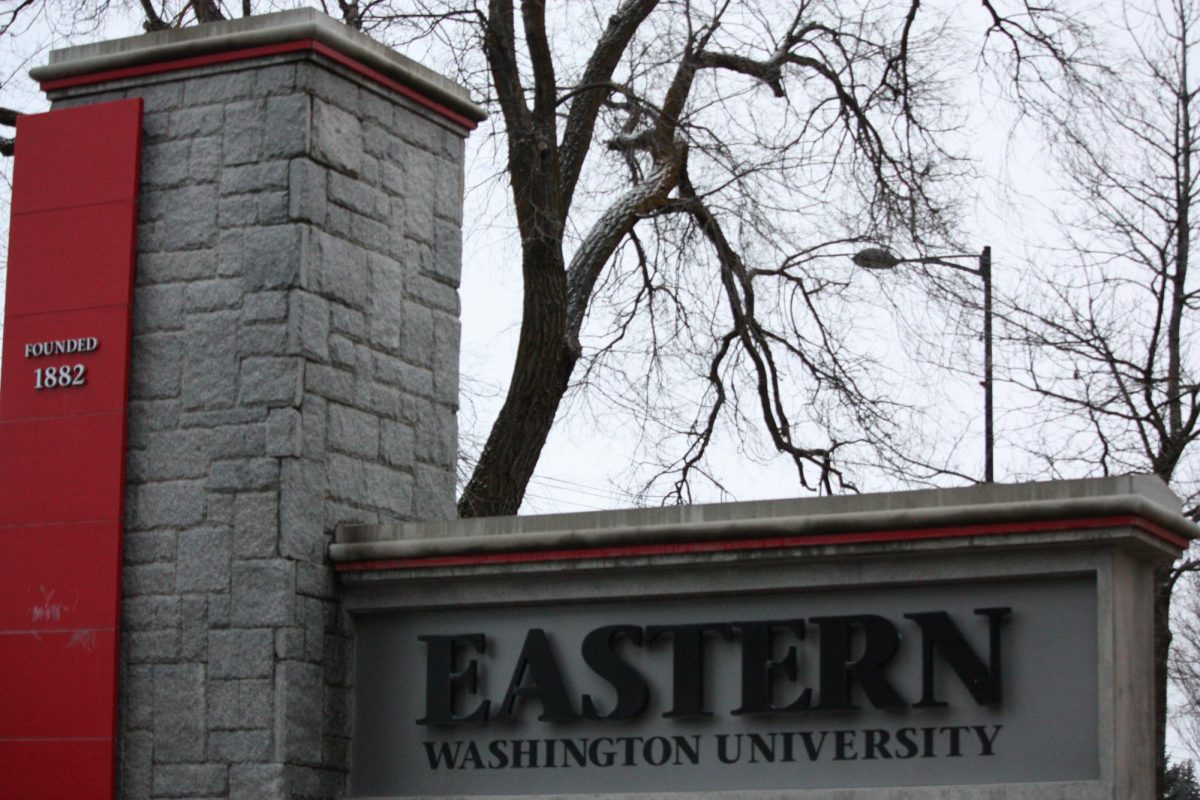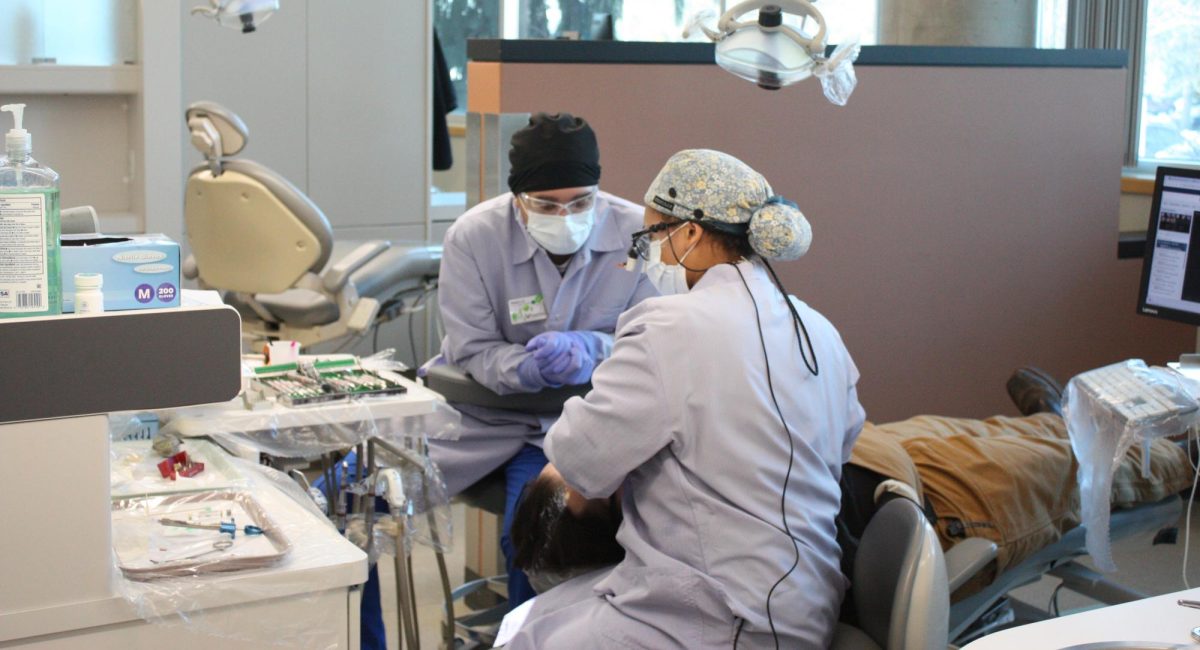PLUS Loan Program makes changes for heightened loan accessibility
November 9, 2014
The U.S. Department of Education announced on Oct. 22 changes to the Federal Direct PLUS Loan Program intended to reflect the current economy by aiding students in acquiring and managing loans.
College Board reported that nationwide, 60 percent of graduating students from four-year universities in 2012 owed an average of $26,500 in government loans.
The Project on Student Debt, a nonprofit independent research organization, reported that in 2012, 56 percent of EWU graduates had debt and the average debt was $23,604.
Federal Student Aid, an office of the U.S. Department of Education, reported that for PLUS loans to be available, the borrower must not have adverse credit history.
Federal Student Aid defines credit history as a summary of financial strength, which includes a borrower’s history of paying bills and their ability to repay future loans. Adverse credit history is when a borrower does not pay bills on time and struggles paying back loans.
Changes regarding student loans began on June 9, 2014, when President Barack Obama signed a presidential memorandum instructing Arne Duncan, U.S. Secretary of Education, to propose regulations that would cap five million federal direct student borrowers’ loan payments at 10 percent of their income.
“The Department’s top priority is to ensure more students can access and successfully complete a post-secondary education,” said Duncan in a press release. “The updated borrowing standards for the PLUS loan program demonstrate our commitment to ensuring families have access to the financing they need to reach their goal, while being good stewards of taxpayer money.”
According to the U.S. Department of Education, the Office of Postsecondary Education (OPE) develops education policies and oversees programs that focus on increasing access to quality colleges and universities.
On Aug. 8, 2014, the OPE published its proposed changes to the William D. Ford Federal Direct Loan Program in the Federal Register.
Changes include revising the student PLUS loan borrower eligibility criteria to make it clear that PLUS loan adverse credit history requirements apply to graduate students as well as parent PLUS loan borrowers, adding definitions for “charge off” and “in collection” to help determine if a student or their parents have adverse credit history and specifying that they have an adverse credit history if they are more than 90 days delinquent on a debt of $2,085 or higher.
The OPE said revisions are made on which documents can be accepted to prove extenuating circumstances for adverse credit history in order for a borrower to receive a PLUS loan.
If a borrower has adverse credit history and can prove their circumstances are justifiable, then they must complete PLUS loan counseling before receiving a loan, according to the OPE.
“These revisions will certainly increase the amount of loans taken out by parents of dependent students,” said Galen Knowles, financial aid coordinator at Eastern.
According to Knowles, parents of undergraduates are the biggest population taking out loans, and they are the ones subject for approval in the case of a parent PLUS loan.
The U.S. Department of Education reported the new regulations will be effective July 1, 2015.
Knowles said there is no way to tell how the revisions will affect Eastern students until after they are implemented.
Nationally, the OPE estimates the number of PLUS loans applicants that pass the credit history check will increase by 370,000.
“I think it’ll make it easier for parents and students to understand, because many of these people were getting approved anyways, it just took longer and was more burdensome on them,” said Knowles.








